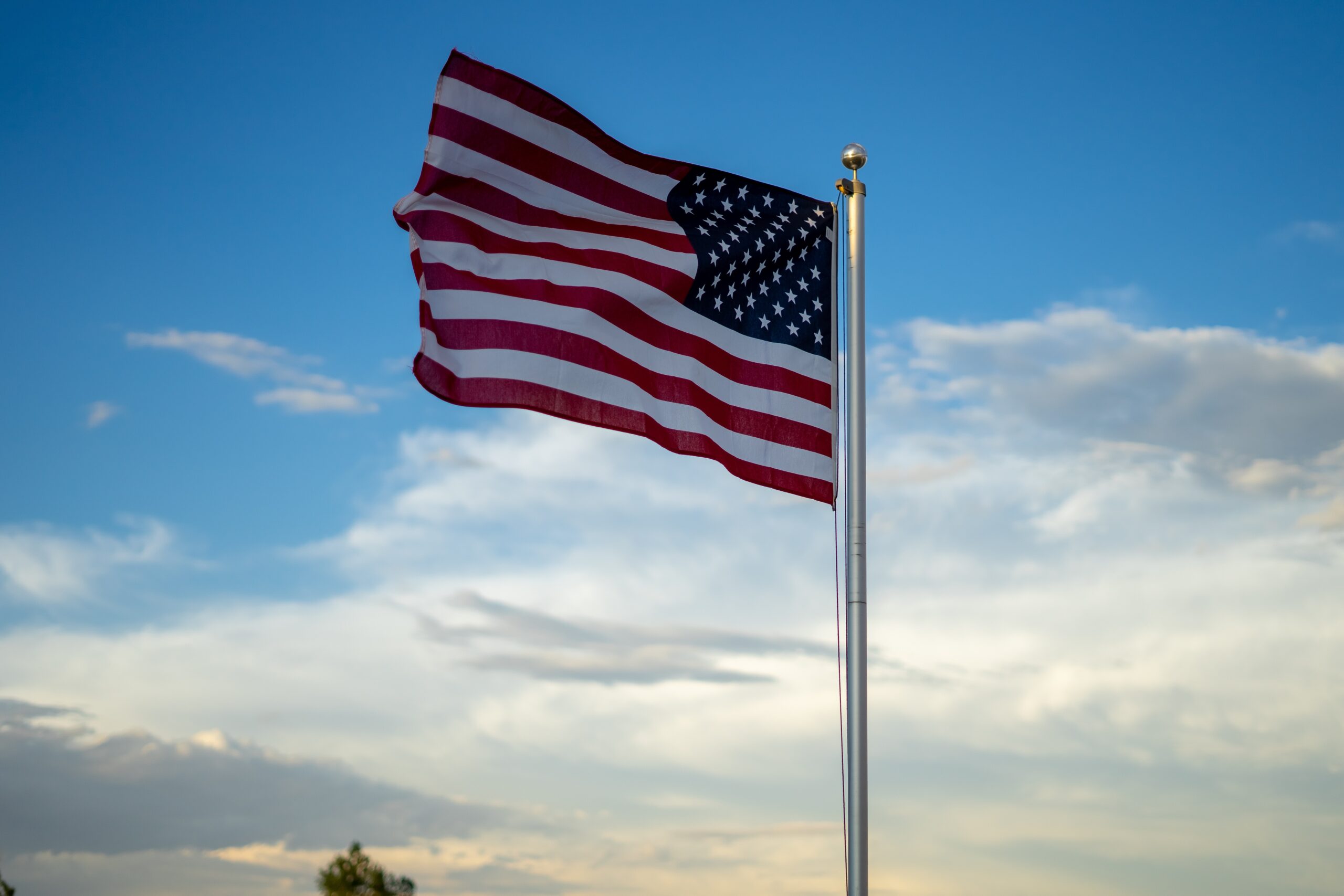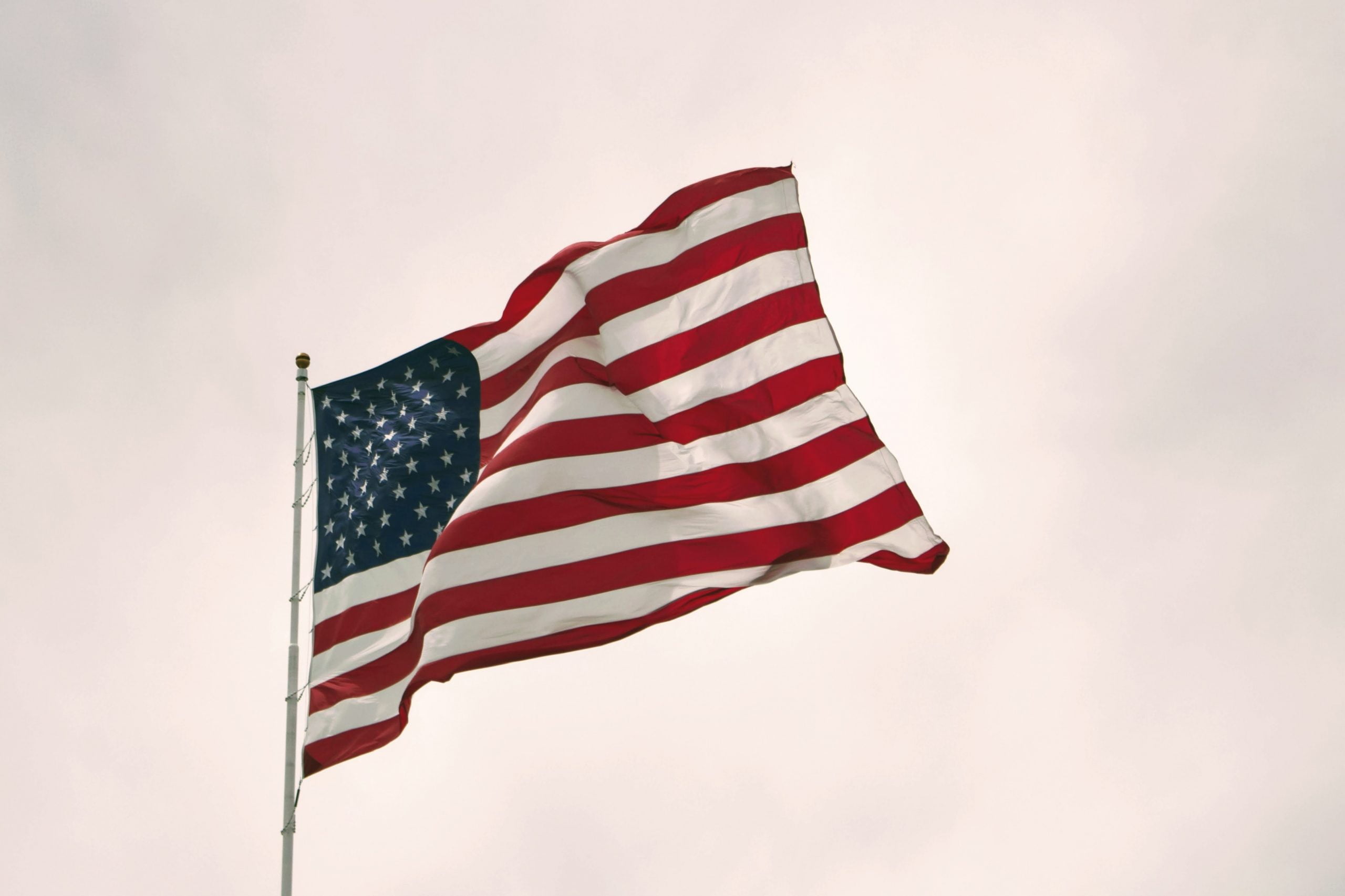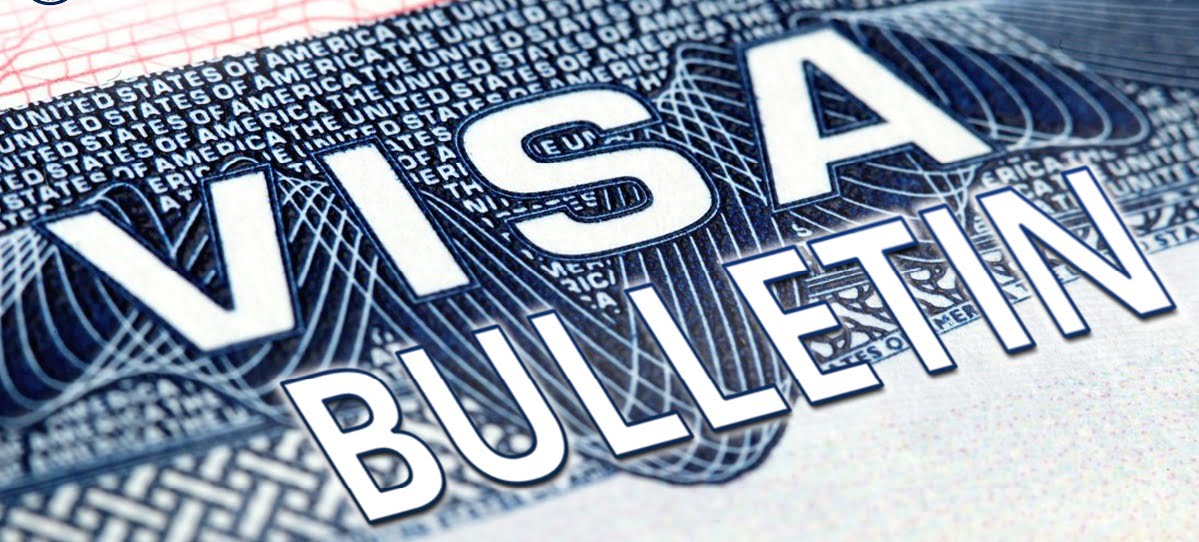What is an O-1 visa?
O-1 visa allows foreign nationals with achievements in science, arts, education, business, or athletics to work in the United States. The catch is that the person applying for this visa must be of extraordinary ability in his or her field of endeavor. To be considered as a person who possesses the extraordinary ability by the USCIS, the applicant must prove that he or she is nationally or internationally known in the field as a top expert. This can be done by submitting evidence in at least three out of eight of the following criteria:
- National or international award for excellence;
- Membership through evaluation by internationally recognized experts in an association or organization that requires outstanding achievements;
- Published articles about the applicant in major media;
- Authorship of articles published in major media;
- High salary proven by contracts or other reliable evidence;
- Participation in a panel of judges to evaluate the work of other experts;
- Critical or essential role of an an organization with a distinguished reputation, and
- Original scientific, scholarly, or business-related contributions of major significance in the field.
In this article, we will focus on the last criterion – original scientific, scholarly, or business-related contributions of major significance in the field. In most cases, this criterion is the hardest to meet because of high scope of the subjectivity. Find out how to successfully prove that your work contributed to your field!
What is an “Original Contributions of Major Significance”?
The plain language of the regulation is that the applicant should provide evidence of their original scientific, scholarly, or business-related contributions of major significance in the field.
An original contribution means that your work is something that is unique, new and innovative. It may be that you have raised the bar by being first to achieve a certain standard, innovative new technology, discovered something important or developed something that significantly improved your field. Your work must be original which means that it does not merely replicates the work of others. For example, if you are a startup founder, the original contribution could be that you created a groundbreaking new app or product that solves important problem. If you are a scientist a novel contribution includes research that resulted in new findings in the specific field. One of the best ways to prove the novelty of your invention is patent. The government does not approve a patent unless your invention is novel.
Statistically, it is relatively simple to establish that the applicant’s contributions are original. The real uphill battle starts, when USCIS is considering whether contributions are majorly significant, which must be demonstrated by their impact in the field.
Here it should noted that regulation requires contributions of major significance in the field but not on the field (as often wrongfully indicated by the USCIS). This is a subtle yet significant difference; while the regulation requires an important contribution related in the field, it does not convey a contribution that dramatically impacts the overall field.
There are many ways to prove the major significance in the specific field. If you work in science, your contribution is significant if it has garnered attention within the scientific community. If you are a startup founder that created an app, the app is of major significance because it has been downloaded 300,000 times throughout the world, and the app ranked as one of the top apps for its category. Other examples of major significance would be a cancer researcher who has done research on new strategy to treat cancer that has been already used by others. You should be able to present real-world implications of this work and how does this work impacts the every-day consumer, industry, or field as a whole.
What kind of evidence should I submit to meet this criterion?
USCIS Policy Memorandum, previous decisions, and RFE templates provide helpful information on what kind of evidence can be helpfu to satisfy this criterion. As such, the evidence of original contribution of major significance may include, but is not limited to:
- Copies of patents (showing the beneficiary as author or coauthor). If you have patent, we also need to show that has been utilized and proved to be significant to the field;
- Evidence that the beneficiary’s major significant contributions provoked widespread public commentary in the field of endeavor and have been widely cited;
- Evidence of visitor traffic to the beneficiary’s website, if the beneficiary’s business is primarily based on-line;
- The number of individuals who purchased or downloaded the beneficiary’s products or applications;
- Contracts with companies using the beneficiary’s products;
- Evidence of the beneficiary’s work being implemented by others. This may include, but is not limited to contracts with companies using the beneficiary’s products, the beneficiary’s licensed technology being used by others.
Expert Opinions
USCIS also considers documentary evidence in form of the letters indicating that people in your field consider this work important. You can submit testimony or support letters from experts which discuss your contributions of major significance. This can include letters from your investors which describe, in detail, your achievements and how they are of major significance in the field, or letters from CEOs or founders of distinguished organizations.
This is one of the most important pieces of evidence in the original contribution criterion, because it provides a context to understand the importance of what you have accomplished in the field, and why such accomplishments should be considered significant. The letter should contain an explanation of why the author of this letter is an expert in the field, how the expert knows you, and explanation of your recognition, accomplishments and significant contribtuin. Note that the letter should provide as much detail as possible about your contributions. They should explain, in detail, how the contribution was “original” (not merely replicating the work of others) and how it was of “major” significance. General statements regarding the importance of the endeavors may be insufficient.
USCIS officers should take into account the probative analysis that experts in the field may provide in opinion letters regarding the significance of the contributions in order to assist in giving an assessment of the alien’s original contributions of major significance. Letters that specifically articulate how the alien’s contributions are of major significance to the field and its impact on subsequent work add value. Letters that lack specifics and simply use hyperbolic language do not add value and are not considered to be probative evidence that may form the basis for meeting this criterion.
Conclusion
Original contribution of major significance is one of the ways to show your extraordinary ability and qualify for the visa. It is often an underutilized criterion because it feels like such a high standard. However, if your product has been already implemented and used by others, you can qualify for this factor. Our legal team perfectly understands the required documentation necessary to prove the significance of your werk and can help you avoid unnecessary obstacles throughout the application process.
If you are wondering whether your work qualifies for extraordinary ability visa just contact us.
FAQ
Can a patent be used as an original contribution?
Yes, it is one of the best ways to prove the novelty of your invention is patent. The government does not approve a patent unless your invention is novel.How many citations is enough for an original contribution?
There is no specific number. We had clients with no citations approved for EB-1A category. It is about showing the significance of your work and its impact to the field.Is creating a mobile app an original contribution?
Yes, but we need to prove that it is widely used by others. For example, the app is of major significance because it has been downloaded 300,000 times throughout the world, and the app ranked as one of the top apps for its category.









